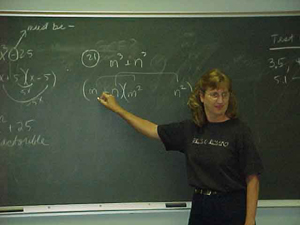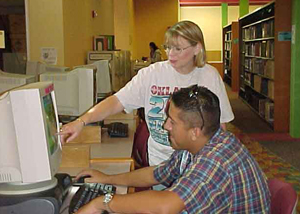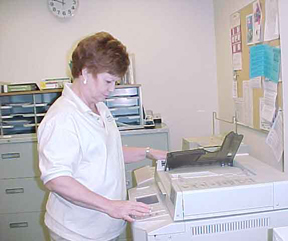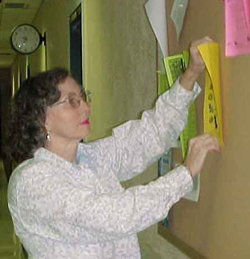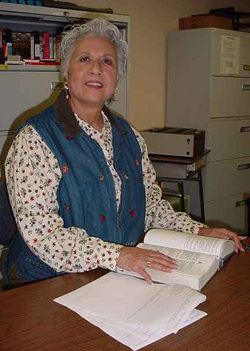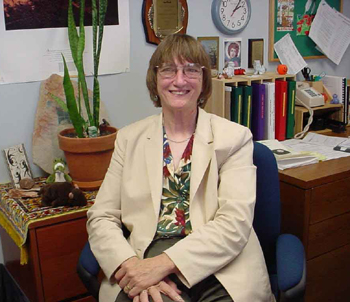October is breast cancer awareness month. An estimated 40,000 deaths from breast cancer are expected in 2002, according to the American Cancer Society. They recommend a breast self-exam each month and a clinical breast exam at least every three years if you are 20 to 39 years old. Women over 40 should do a breast self-exam each month and have a clinical breast exam and a mammogram every year.
Although every woman
is at risk for breast cancer, alcohol use, family history of breast cancer,
age, previous breast cancer and genetic mutations increase the chance
of developing the disease, according to Yahoo! Health. Regular exercise,
early pregnancy and breast-feeding may actually protect against breast
cancer.
Men also develop breast cancer, but they make up only 5 percent of breast
cancer patients.
These days, 83 percent of women survive breast cancer. Many survivors
of breast cancer are here on campus, and each survivor’s story provides
insight. One message is clear, however: Early detection is best, and mammograms
are important.
